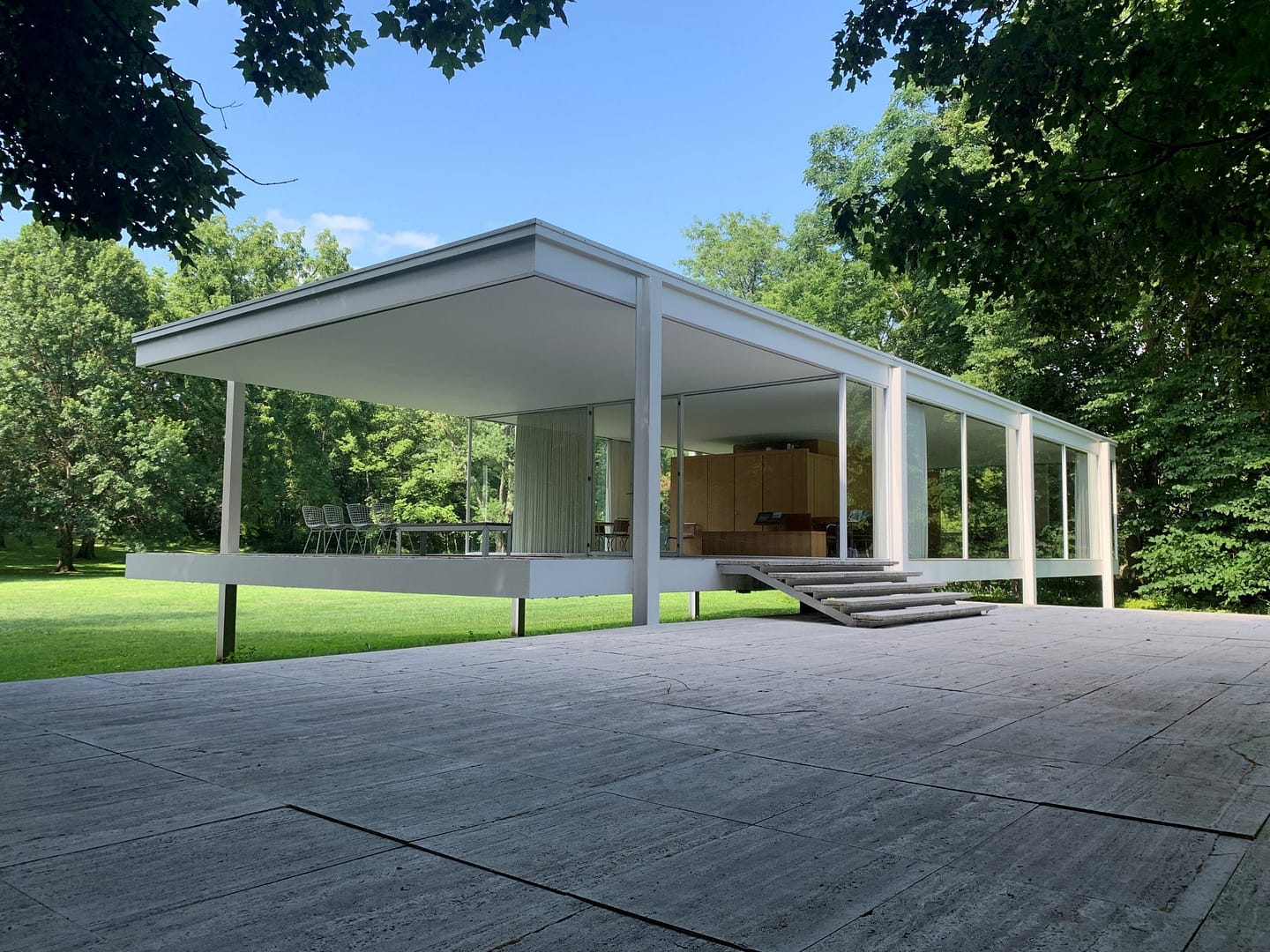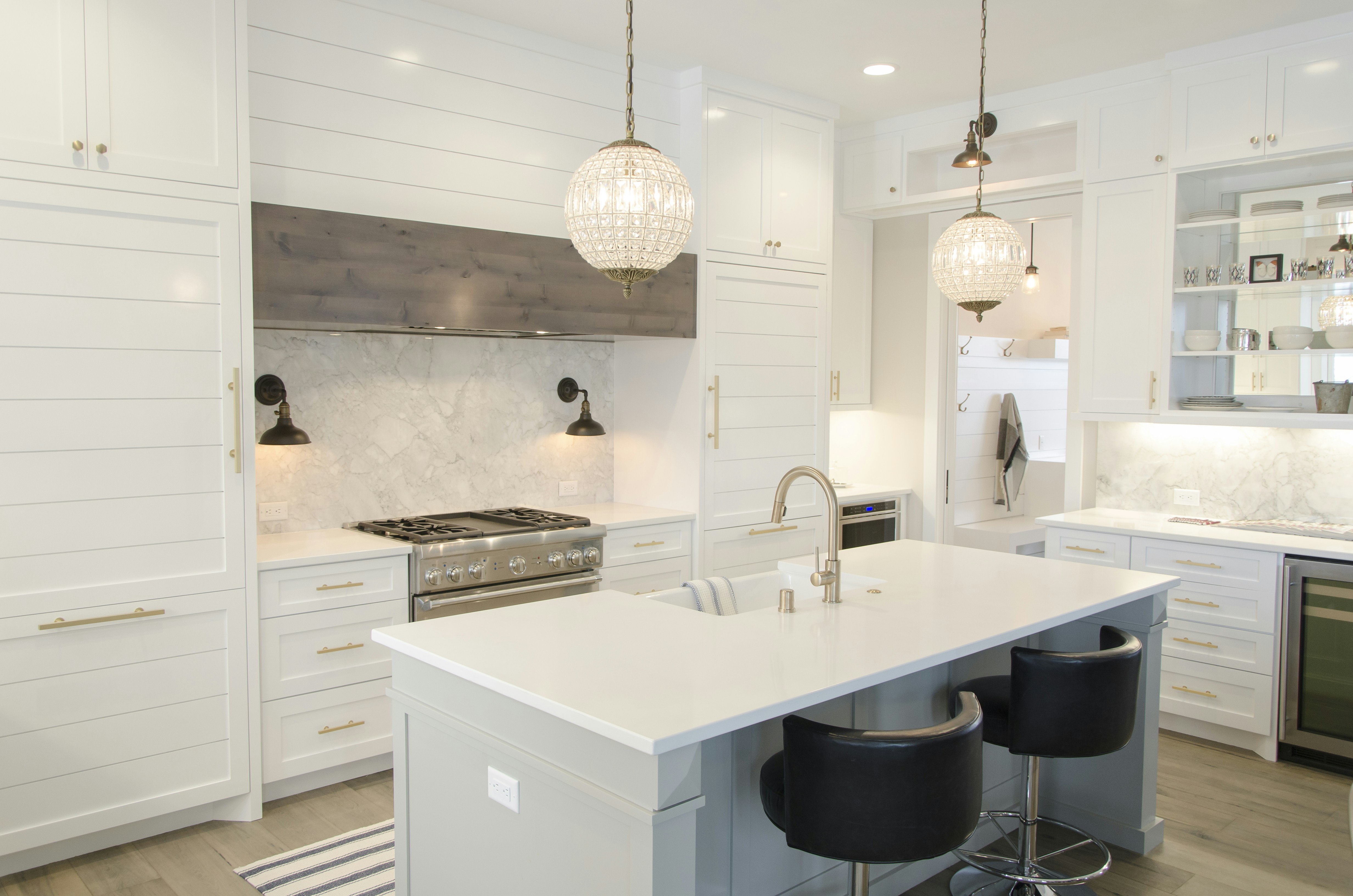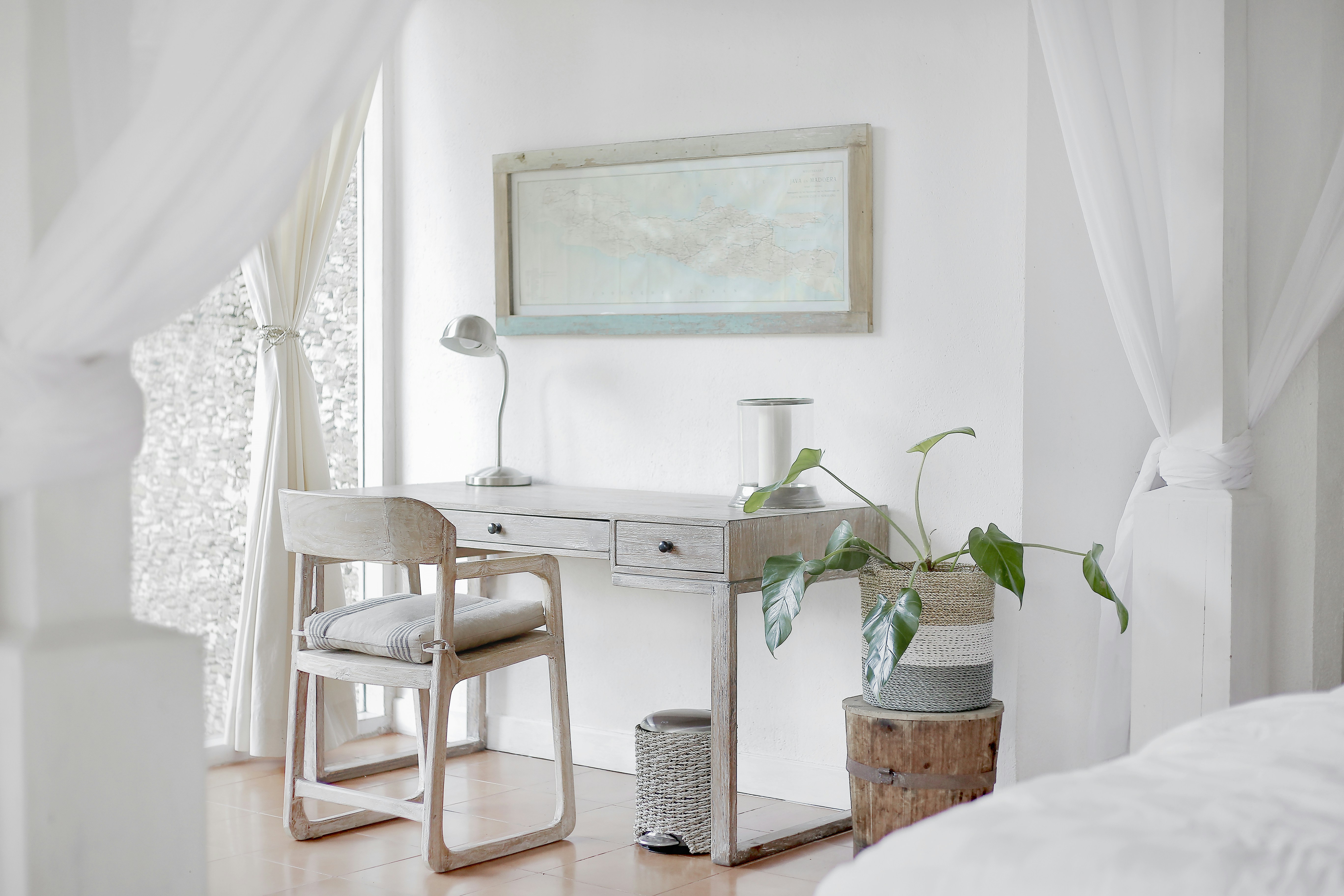Exploring the beauty and tranquility of minimalist design in modern architecture, this post delves into how simplicity and clarity lead to sophisticated and thoughtful building designs.
Minimalist architecture, at its essence, is about stripping away the unnecessary to focus on the essential elements of space, light, and form. In a world often overwhelmed by complexity and excess, minimalist designs offer a serene retreat, emphasizing purity and intentionality. This architectural approach is not just about aesthetics; it's a philosophy that promotes harmony between the building, its occupants, and the surrounding environment. By embracing simplicity, minimalist architecture creates spaces that are both functional and profoundly impactful, allowing for a deeper connection with the spaces we inhabit.

The Essence of Minimalist Design
At the core of minimalist architecture is the principle that less is more. This means every element within a building serves a purpose, and nothing extraneous is included. The designs emphasize clean lines, open spaces, and a lack of clutter, both physically and visually. Materials are chosen for their natural beauty and are often left in their raw state, highlighting textures and colors that might otherwise be concealed. This authenticity in materials and form fosters a sense of honesty in the architecture, allowing the true nature of each component to shine through.
Natural light plays a pivotal role in minimalist spaces. Large windows and open floor plans not only illuminate interiors but also create a seamless connection with the outdoors. This integration with nature is intentional, as it enhances the occupant's experience and promotes a sense of tranquility. The play of light and shadow becomes a dynamic feature, changing throughout the day and adding depth to the simplicity of the design.
In minimalist architecture, the absence of ornamentation doesn't equate to a lack of character. Instead, it places emphasis on the spatial qualities and the relationships between different elements. This deliberate restraint challenges architects to innovate within constraints, often leading to ingenious solutions that maximize functionality while maintaining aesthetic harmony.

Historical Influences and Philosophical Foundations
The minimalist movement in architecture didn't emerge in isolation; it was influenced by several key philosophies and earlier design movements. The Bauhaus School, founded in Germany in the early 20th century, was instrumental in shaping minimalist ideals. It advocated for the union of art and craft, emphasizing functional design devoid of unnecessary decoration. The mantra of "form follows function" became a guiding principle, encouraging architects to focus on the purpose of each element.
Japanese Zen philosophy has also had a profound impact on minimalist architecture. Zen emphasizes simplicity, mindfulness, and a deep connection with nature—all of which are reflected in minimalist designs. The concept of 'Ma,' or negative space, is central to Japanese aesthetics, highlighting the importance of the space between objects. This appreciation for emptiness allows for balance and harmony within a structure, offering a place for contemplation and serenity.
Modernist architects like Ludwig Mies van der Rohe further advanced minimalist principles. His famous phrase "less is more" encapsulated the essence of minimalism, promoting designs that were stripped to their most fundamental features. Van der Rohe's work showcased how simplicity could result in elegance and sophistication, influencing generations of architects to come.

The Impact on Human Experience and Well-being
Minimalist architecture goes beyond visual appeal; it significantly affects how individuals interact with and feel within a space. By reducing clutter and focusing on essential elements, minimalist environments can alleviate stress and promote mental clarity. The simplicity of these spaces encourages mindfulness, allowing occupants to be present and engaged with their surroundings.
The use of natural materials and ample daylight enhances this effect, creating warm and inviting atmospheres. Studies have shown that exposure to natural light can improve mood, increase productivity, and regulate circadian rhythms. Additionally, the integration of indoor and outdoor spaces fosters a connection with nature, which has been linked to numerous health benefits, including reduced anxiety and improved concentration.
Functionality is a cornerstone of minimalist design, ensuring that spaces are not only beautiful but also practical. By thoughtfully considering how each area will be used, architects can create environments that support the occupants' needs without excess. This user-centric approach leads to more comfortable and efficient spaces, enhancing overall quality of life.

Iconic Examples of Minimalist Architecture
Several landmark structures exemplify the principles of minimalist architecture, showcasing how simplicity can lead to profound architectural statements.
The Farnsworth House, designed by Ludwig Mies van der Rohe, is a seminal work in minimalist architecture. Located in Plano, Illinois, this glass and steel structure embodies transparency and openness. Elevated above the ground, it appears to float within its natural setting, blurring the lines between interior and exterior spaces. The minimal use of materials and absence of interior walls create an uninterrupted flow, emphasizing the surrounding landscape.

The Glass House by Philip Johnson is another iconic example. Situated in New Canaan, Connecticut, this residence is characterized by its floor-to-ceiling glass walls and open floor plan. The simplicity of the design allows the natural environment to take center stage, with the house serving as a transparent vessel that facilitates an intimate experience with nature.
Tadao Ando's Church of the Light in Ibaraki, Japan, illustrates how minimalism can evoke spirituality and introspection. The church's design features a cruciform cutout in a concrete wall, through which light penetrates the interior. This simple yet powerful use of natural light transforms the space, creating a profound and contemplative atmosphere that enhances the spiritual experience.
These examples highlight how minimalist architecture can create spaces that are not only aesthetically pleasing but also deeply meaningful and resonant with their occupants.
Embracing Minimalism in Everyday Spaces
Incorporating minimalist principles into personal and professional spaces can have a transformative effect. The journey begins with intentional decluttering—assessing belongings and keeping only those items that serve a purpose or bring joy. This process fosters a sense of order and calm, reducing distractions and promoting focus.
Selecting functional furniture with clean lines and neutral colors contributes to the minimalist aesthetic. Pieces made from natural materials like wood, stone, or metal add warmth and texture without overwhelming the space. The arrangement should prioritize openness and flow, allowing for easy movement and interaction.
Maximizing natural light is essential. This can be achieved by using sheer window treatments or none at all, placing mirrors strategically to reflect light, and choosing light-colored finishes. Incorporating plants adds a touch of nature, improving air quality and enhancing the sense of tranquility.
By embracing minimalism, individuals can create environments that support their well-being, foster creativity, and provide a respite from the busyness of the outside world.

The Evolution and Future of Minimalist Architecture
As society continues to evolve, so does minimalist architecture. The movement is adapting to address contemporary challenges, particularly sustainability and technological advancement. Architects are exploring how minimalist principles can be applied to create energy-efficient buildings that minimize environmental impact. This includes the use of sustainable materials, renewable energy sources, and innovative construction methods.
Technology is playing an increasingly significant role. Smart home systems can be seamlessly integrated into minimalist designs, enhancing functionality without compromising simplicity. These technologies can optimize energy use, improve security, and increase comfort, all while remaining unobtrusive.
Furthermore, the global nature of modern life is leading to a fusion of minimalist principles with cultural influences from around the world. This cross-pollination is resulting in new interpretations and expressions of minimalism, ensuring the movement remains dynamic and relevant.
The future of minimalist architecture holds exciting possibilities. By maintaining its core values of simplicity and intentionality, while embracing innovation, minimalism can continue to offer solutions that meet the needs of modern living and contribute to a more sustainable and mindful world.
Conclusion
Minimalist architecture is a celebration of simplicity, functionality, and harmony. It invites us to consider what is truly essential, not only in our physical spaces but in our lives. By focusing on the fundamental elements of design and eliminating the unnecessary, minimalist architecture creates environments that are calming, inspiring, and timeless.
In a fast-paced and often chaotic world, these spaces offer a sanctuary—a place to breathe, reflect, and connect with what matters most. Whether through grand architectural landmarks or personal living spaces, the principles of minimalism have the power to enhance our well-being and enrich our daily experiences.

Embracing minimalist architecture is not just about adopting a design style; it's about choosing a way of life that values simplicity, clarity, and purpose. It's an invitation to create spaces that reflect our deepest values and to live more intentionally and thoughtfully.
Whether you're an architect, a homeowner, or someone seeking tranquility in your surroundings, the art of minimalist architecture offers timeless principles that can lead to more meaningful and enriching environments. By appreciating the beauty of simplicity, we can design spaces—and lives—that are truly fulfilling.









